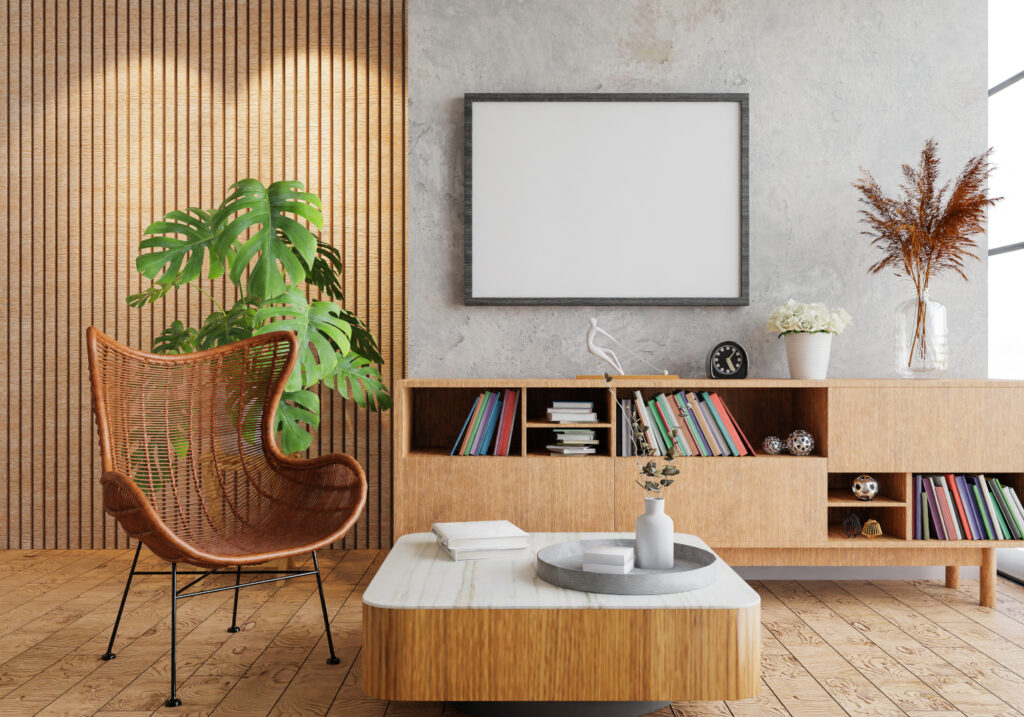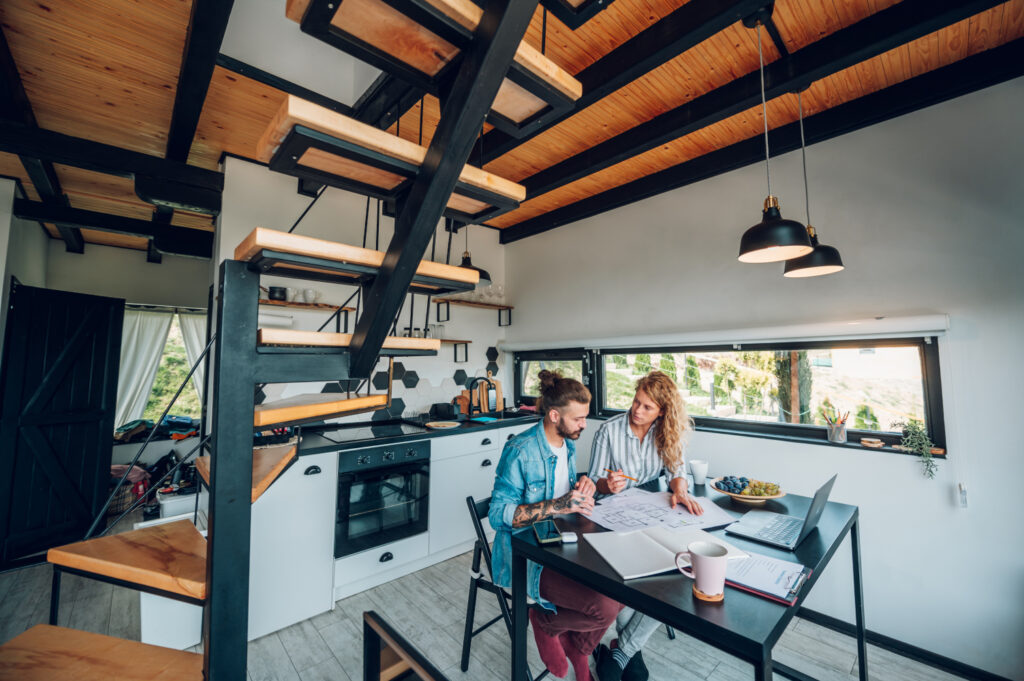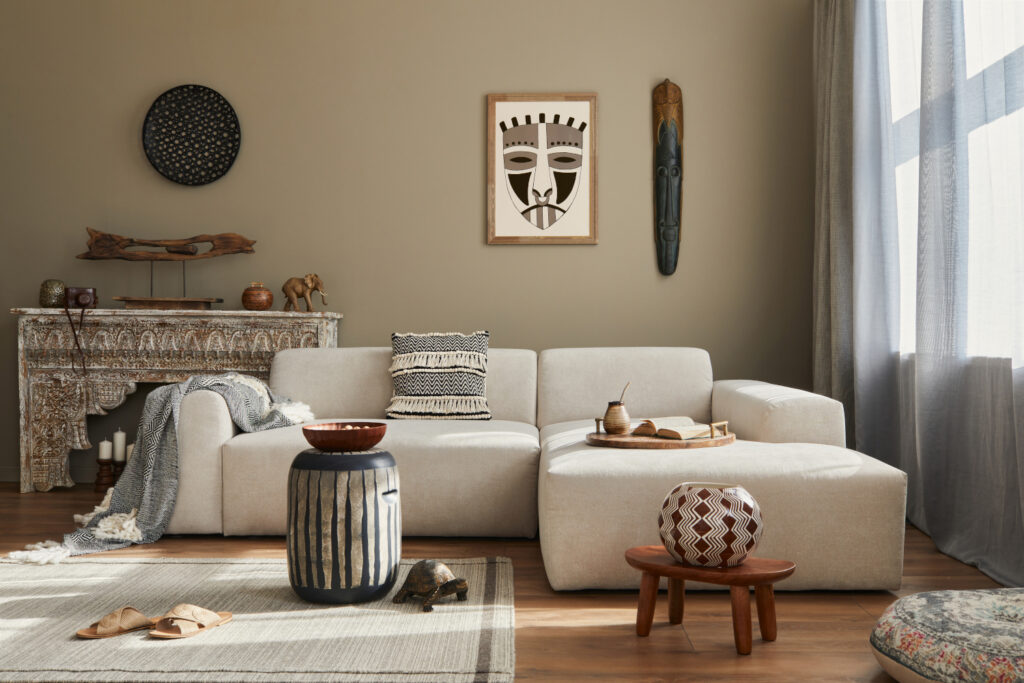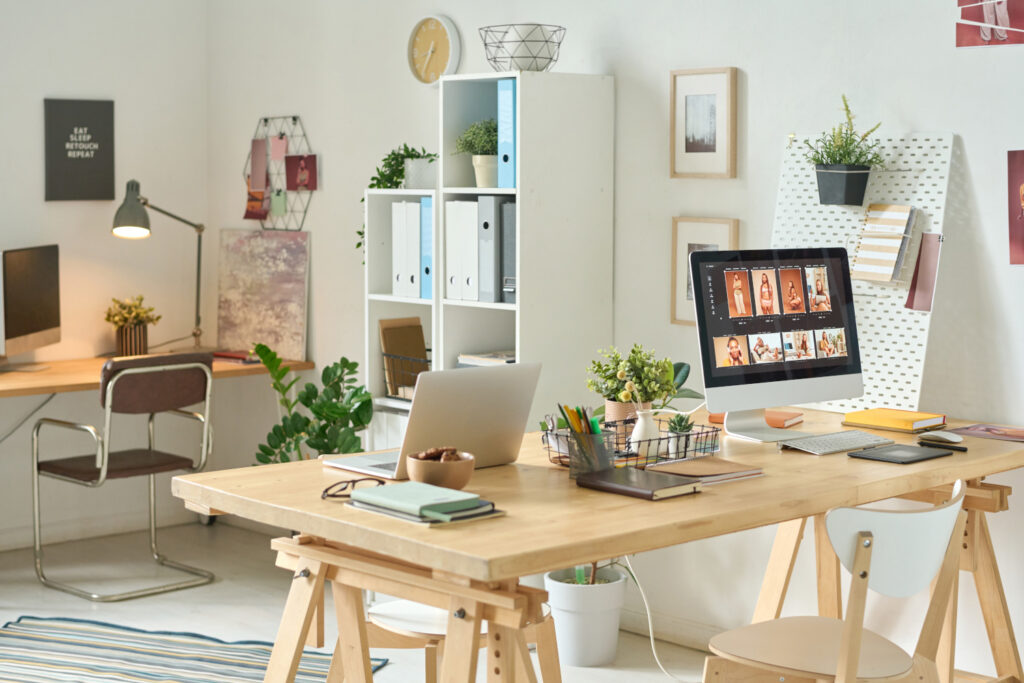The interior design industry is always undergoing transformation, driven by new technologies, changing consumer preferences, and a heightened focus on sustainability. As designers, it’s crucial to stay ahead of these trends to remain competitive and relevant. Let’s explore some predictions and emerging markets that are shaping the future of interior design.
Sustainability Steals the Spotlight: Eco-conscious consumers are on the rise – the latest data indicate that 78% of consumers feel that sustainability is an important factor in their buying behavior. This translates to a growing demand for eco-friendly materials like bamboo furniture, recycled textiles, reclaimed furniture, and bioplastics.

Transform with Tech: Smart homes are no longer science fiction. Design with voice-controlled lighting, temperature-regulated walls, and automated window treatments in mind. Brush up on the latest smart home innovations – understanding how these features interact with design creates a future-proof advantage.

Get Savvy with Space: Micro-living is on the rise, particularly in urban areas. With smaller square footage becoming the norm, designers will be challenged to maximize functionality and create a sense of spaciousness. Think modular furniture, convertible spaces, and clever storage solutions. Mastering space optimization will make you a hero to urban dwellers coping with shrinking square footage.

The World is Your Market: The internet has opened doors to a global design clientele. Consider offering virtual consultations to tap into international markets. Embrace cultural influences and be prepared to adapt your design sensibilities to different aesthetics.

Flexibility Reigns Supreme: Gone are the days of dedicated rooms. Multifunctional spaces that adapt to our ever-changing needs are the new norm. Think modular furniture, convertible space planning, and built-in storage solutions that maximize square footage to quickly transform a space for its intended use. Honing your space planning skills and becoming a master of furniture selection here will be key.

The Rise of Wellness Havens: Our homes are becoming sanctuaries of self-care. Expect a surge in demand for biophilic design elements like natural light, greenery, and calming color palettes. Equally important will be incorporating features that promote mental and physical well-being, such as dedicated yoga corners or meditation spaces.

Embrace the Niche: The future of interior design isn’t homogenized; it’s hyper-personalized. People are increasingly seeking unique experiences in their homes. Sharpen your ability to identify niche markets – think senior living spaces or autism-friendly design – and tailor your services accordingly.
SOURCES: The Roundup
